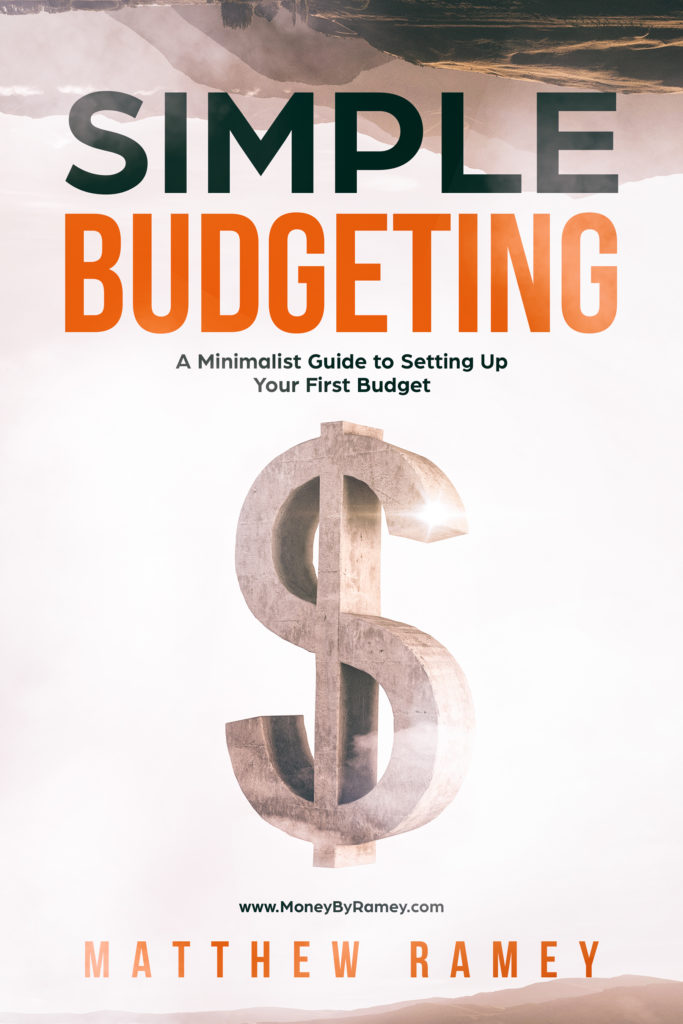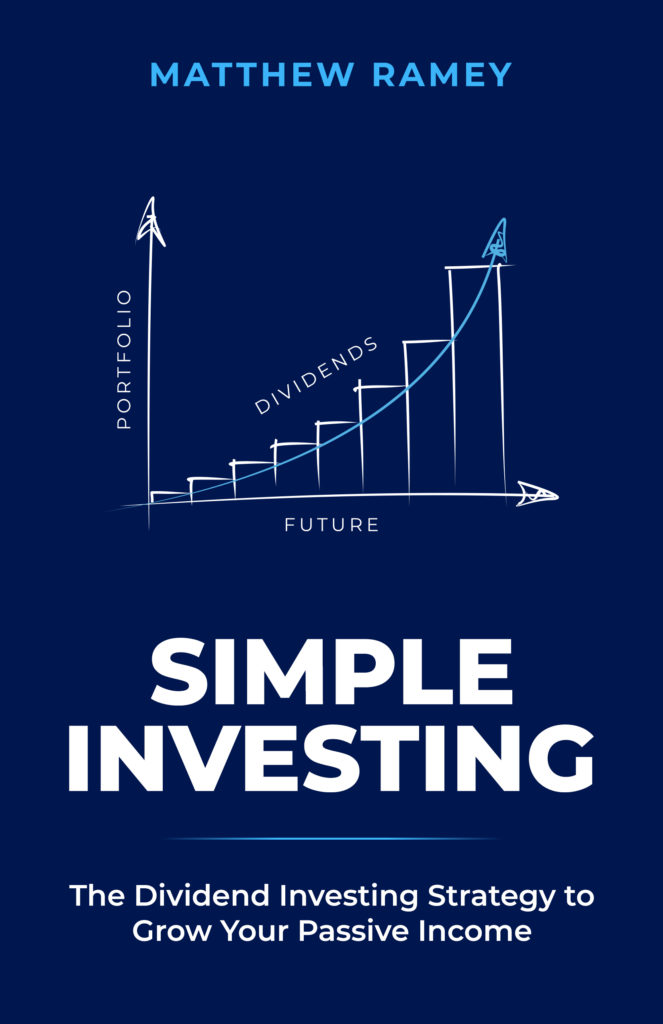Week 7 – Set Up a Plan to Monitor Your Progress

Welcome to Week 7 – Set Up a Plan to Monitor Your Progress. This week will be the final installment in our goal planning process of our 52 Week Financial Freedom plan. This is because setting up our goals is only half of the journey; we need to ensure that we set up a plan to monitor the progress we are making along the way.
The Three Primary Review Points
Setting up goals is only half the journey. It is pertinent that we establish review points along the way to monitor our progress.
There are three primary review points that you will want to set up:
Review Point #1: Every 6 Months
The first review point in the plan is to review our goals every 6 months. The 6-month mark will represent an in-depth review process whereby we really take a look at where we’re going and how we’re doing.
Here are some great questions that you can ask yourself as you reach this 6 month review point:
- How am I tracking against my high-level Life and Yearly Goals?
- Do I want to make any adjustments to any of my high-level goals?
- Am I putting enough effort into achieving my goals?
- Do I still want these goals, or do I need to rethink through what I’m looking to achieve?
In this 6 month review, it is a great time to really take a step back and see if what you are going after is what you truly desire. If not, you can recalibrate here; it is in this review process that you will add, tweak, or adjust any higher-level goals that you need to.

If you’ve found that a high-level goal is no longer relevant for you, now is the time to consider removing it from the list. For instance, I had a goal set to achieve my Google IT Professional certification. While this would have been a fun course with a lot of good knowledge to be learned, I removed it from my goal list as I realized I don’t have enough time to get this done. I’d rather focus on a few other higher priority goals.
Keep in mind that our life goals should not be changing that much, but it is ok to change those as needed. If we find that something we are pursuing no longer resonates with us, it is ok to adjust course. The thing we need to avoid is staying stuck in indecision and never moving forward.
Use this 6-month review process to really go in-depth on both your life and yearly goals and adjust as needed.
Want to Learn Active/Passive Income and Investing Strategies?
Sign up for our Live Free and Div Hard email list to receive exclusive ideas and tips straight to your inbox!
Review Point #2: Every 1 Month
The second review point is a monthly review of our goals. Coming into each month, we should already have an idea of what goals we will set for the month ahead based on what our yearly goals happen to be.
For instance, if we have the goal of achieving $120,000 of active income for the year, then we will know that we need to achieve $12,000/mo. of income for this to become a reality. A monthly goal review process helps us to really see if we are on course for those goals we have set for ourselves.
I set the monthly review of my goals for the last Saturday of each month. I find that this gives me a good anchor point and helps me build momentum in both reviewing my current monthly progress and in setting new goals for the month ahead.
There are three primary elements that I review during this monthly review process:
- Current tracking against the overall yearly goals.
- Last month’s actual performance against established benchmarks.
- Goals and benchmarks to set for the upcoming month.
I find that by doing this, I create a good process around staying consistent and focused on both my goal achievement and tracking metrics.
Another really great benefit of setting consistent monthly goals is that it puts the achievement of yearly goals within easier reach. This is because we are seeing the steady progress towards goal achievement and with the close of each month, we can look back on all the accomplishments of the past and prior months.
Our minds begin to associate setting goals with consistent goal achievement, which anchors a success mindset in our minds. The positive association charges us to set even more goals (because of the positive effect of achieving them). From this point, we’re hooked into the habit of goal success because we are seeing their achievement on a rather consistent basis.
Our minds begin to associate setting goals with consistent goal achievement, which anchors a success mindset in our minds.

This monthly goal review also serves another very important purpose: it allows one to analyze and track trends in goal setting. This is vital as we can notice if a recalibration is in order – either in the goal itself or in the efforts it will take to achieve the goal.
Say for instance you have the goal of making $20,000 extra in active income per year. You’re six months into this year and thus far you have made $5,000. Since you should be at $10,000 at this point in time, you know that you are $5,000 short of where you need to be.
Now you will have to ask yourself the questions:
- Can I accomplish this goal? Or do I need to adjust it for the year?
- If I can accomplish the goal, what do I need to do differently to ensure that I achieve it?
More often than not, I would advocate a recalibration of efforts rather than goals. This is because if you set SMART goals, then we want to make sure that we are actively working towards achieving those goals instead of adjusting those goals downward.
Review Point #3: Goal Review Every Day
The last review point that we will set up is a daily review of our goals. Setting daily goals is a great motivational exercise as well as a chance to firm up and ensure that our daily activities match up with what our goals happen to be.
For me, I like to plan out each day the night before and then review my overall goals and daily/weekly plan in the morning. By doing this, I keep my current goals at the top of my mind, which helps me direct all my actions towards radical goal achievement.
In previous lessons, we have also set up daily systems which are those repeatable actions we complete on a daily basis which keep us moving towards our goals. The best way to increase our chance of accomplishing our systems is to focus on them on a daily basis. We’ll want to have a methodology in place to track how we are accomplishing our systems on a daily basis.

I find that there are many good habit building apps that we can use to track how well we are accomplishing our daily systems. Or if you are like me, you can always build out your own tools.
I currently have built out my own tool in the form of a google docs spreadsheet which tracks various metrics on a daily basis. I use this as a daily inventory review, which includes notes about the day. This way I have historical data that I can use to analyze trends, discover what is/isn’t working, and recalibrate my efforts as needed.
Note: I have also used Loop Habit Tracker by Alinson S Xavier and found it very helpful as well.
WEEKLY FOCUS
In this weekly focus, I really want you to solidify your goal review plan. Here are the items for you to focus on during this week:
- Set up a calendar reminder to complete an in-depth review of your life and yearly goals every six months. Plan to set aside 2+ hours to really review where you’re at and the overall trends you are seeing. Be sure to ask yourself the questions listed above and come up with more questions that will help you accurately assess where you are at in your goal-setting process.
- Set up a calendar reminder to complete a review of your monthly and yearly goals. In this review, you will want to review your progress from last month, year-to-date, and see what goals you are going to set for the month ahead. I would recommend setting this reminder during month-end so that you can review your progress month-to-date and prepare for the month ahead.
- Establish a system for tracking the achievement of your daily systems as well as planning out the next day. This can be an app that you download, a list tracking program, or an Excel Spreadsheet/Google Docs. Personally I keep track of my daily agenda in Google Keep and then inventory my day in Google Spreadsheets. Be sure to develop a system that really works for you.
Now that you have a plan to monitor your progress, we are now set to move past our goals into the really fun areas of becoming financially free. In the weeks ahead, you will learn more about your belief system around money, tips and tricks to becoming Financially Free, and begin to really lay the foundation for living a Financially Free lifestyle!
Disclosure: I am/We are long $AAPL $ABT $ADM $ALL $BG $BGS $BP $BUD $CAG $CAT $CLX $CMI $COF $CSCO $DAL $DFS $F $FAST $GD $GE $GIS $GT $HBI $IBM $INGR $IRM $JNJ $JPM $KHC $KMB $KO $KSS $LUMN $MMM $MSFT $NWL $PEP $PFE $PG $SBUX $SJM $SPTN $STAG $STX $T $TSN $UPS $VZ $WBA $WEN $WFC $WMT $WPC $WRK $WY $XOM
Disclaimer: All the information above is not a recommendation for or against any investment vehicle or money management strategy. It should not be construed as advice and each individual that invests needs to take up any decision with the utmost care and diligence. Please seek the advice of a competent business professional before making any financial decision.
(2) This website may contain affiliate links. My goal is to continue to provide you free content and to do so, I may market affiliates from time-to-time. I would appreciate you supporting the sponsors of MoneyByRamey.com as they keep me in business!

Budgeting is the vital first step towards Financial Freedom. Learn the ins and outs of budgeting with Simple Budgeting.

Investing is the vital first step towards Financial Freedom. Learn the ins and outs of investing with Simple Investing.

